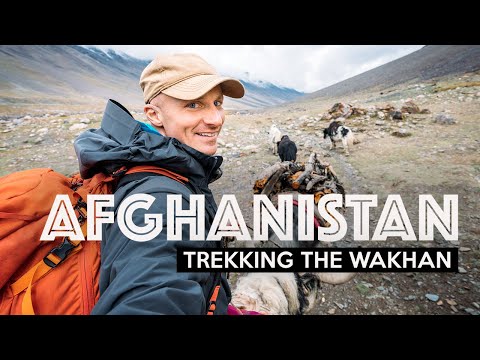
Afghanistan, often synonymous with conflict and turmoil, holds hidden within its borders an untouched and breathtakingly beautiful gem—the Wakhan Corridor. Nestled in the country’s far northeast, this narrow strip of land is bordered by Tajikistan, Pakistan, and China, offering a rugged escape for the most intrepid of travelers. The corridor is not just a geographical wonder but also a cultural tapestry, weaving together the lives of various ethnic groups including the Wakhi and Kyrgyz people.
#### The Geographic Marvel
The Wakhan Corridor stretches approximately 350 kilometers from the village of Ishkashim to the Chinese border at the Wakhjir Pass. This area features some of Central Asia’s most untouched landscapes with its towering peaks, glaciated summits, and high-altitude plateaus. The corridor is part of the Pamir Mountains, home to some of the world’s highest peaks such as Noshaq (7,492 meters), Afghanistan’s tallest mountain.
#### Cultural Richness
Backpacking through the Wakhan Corridor offers more than just scenic beauty; it’s a dive into rich cultural heritage. The residents of this area live much as their ancestors did hundreds of years ago. Most are either nomadic or semi-nomadic pastoralists who move seasonally with their livestock. Their traditional yurts and lifestyle offer an insightful glimpse into a life that has remained unchanged by modern conveniences.
#### Travel Considerations
Traveling to Afghanistan poses considerable risks and challenges due to ongoing political instability and security issues throughout many parts of the country. However, the Wakhan Corridor is often considered one of the safer areas in Afghanistan due to its isolation and minimal Taliban influence.
Prospective backpackers should be experienced with handling unpredictable environments and must do comprehensive research before planning their journey. It is essential to keep updated on travel advisories from reliable sources such as one’s own government or reputable organizations engaged in Afghan affairs.
#### Required Permits
All travelers require an Afghan visa; additionally, special permits are needed to enter the Wakhan Corridor—usually facilitated by tour operators who specialize in trips to this region.
#### What To Expect In Terms Of Amenities
Do not expect western-style amenities in the corridor. Accommodations are primarily homestays or guesthouses offering basic facilities. Meals usually consist of local cuisine appropriate for high-energy trekking activities but might be repetitive for some palates.
#### Trekking Routes
For those willing to venture on foot into these remote parts, several trekking routes vary in difficulty and duration:
– **The Ishkashim to Sarhad-e Broghil trek** typically takes around 10 days on foot or less by vehicle.
– **The Pamir Trail** that crosses over high passes into neighboring countries.
Each route offers panoramic views across horizons dominated by snow-clad peaks alongside experiences like crossing wooden bridges over raging rivers—all while possibly not encountering another tourist throughout your journey.
#### Wildlife Spotting
The region also boasts diverse wildlife; it’s home to species such as Marco Polo sheep, ibexes, snow leopards (rarely sighted), wolves., etc., making it an exciting place for nature lovers.
### Conclusion
Backpacking through Afghanistan’s Wakhan Corridor isn’t merely a challenging travel endeavor—it’s stepping back in time amidst landscapes few have witnessed. It offers an unparalleled adventure that combines physical endurance tests with cultural immersion moments rarely found elsewhere in today’s world.
Given its unique nature coupled with increased risks associated with traveling here amidst current geopolitical strains,, it remains important that any trip be undertaken with utmost caution,, detailed preparation,, respect towards local customs.. and robust support networks both locally internationally..
